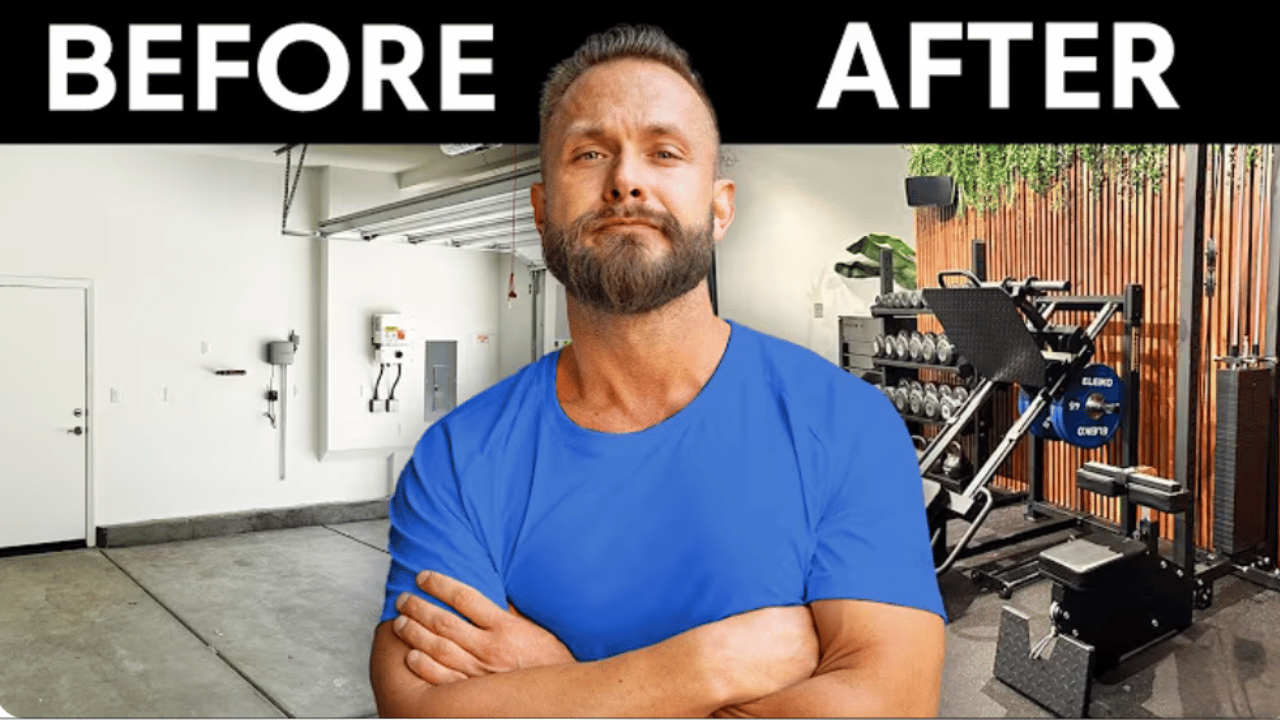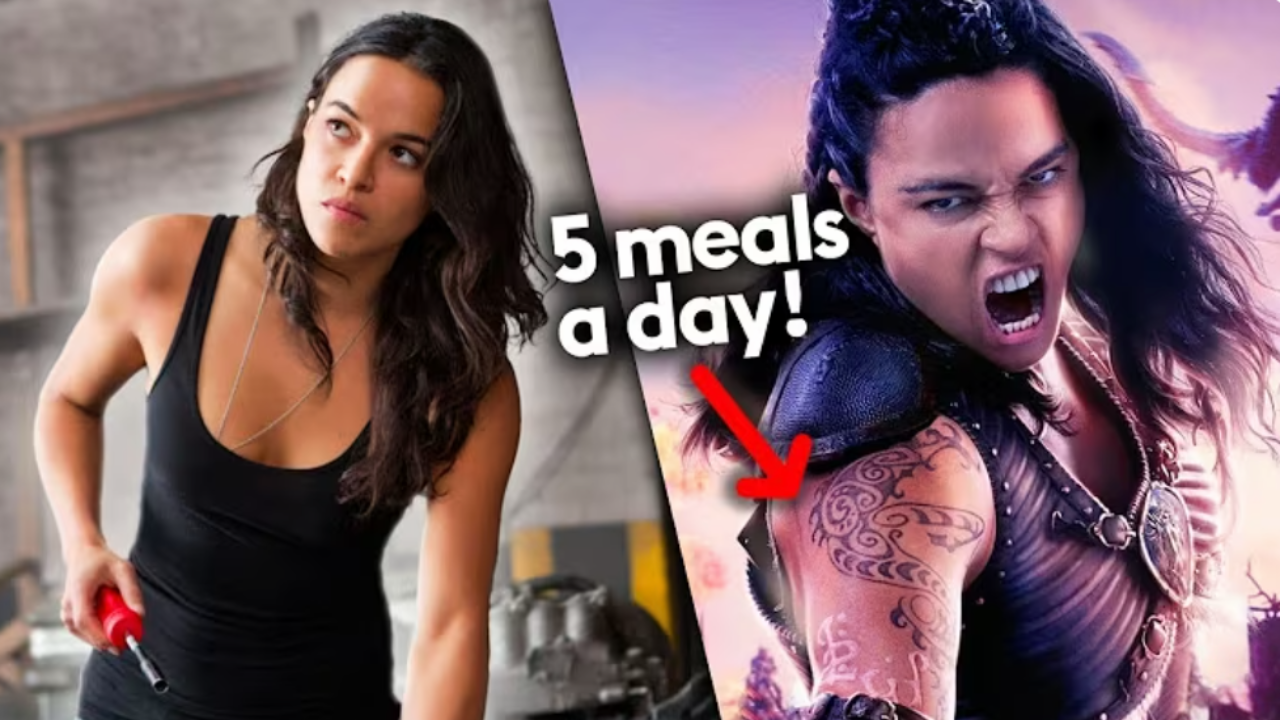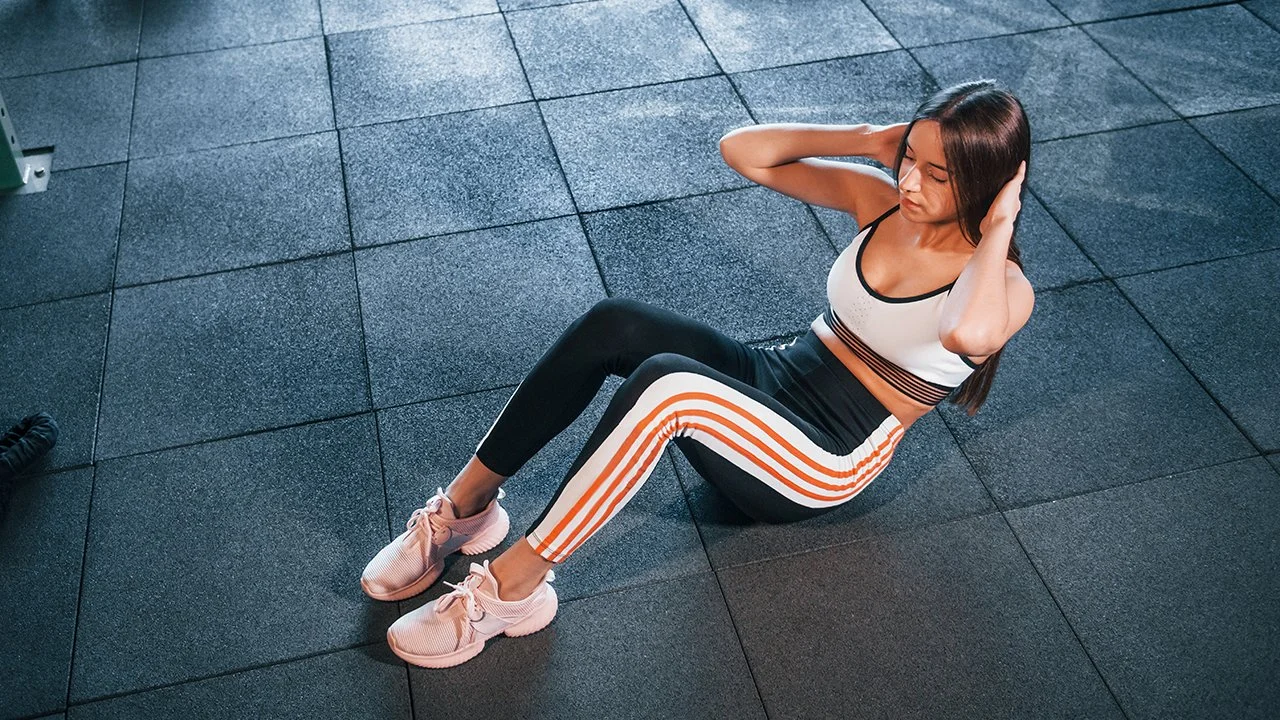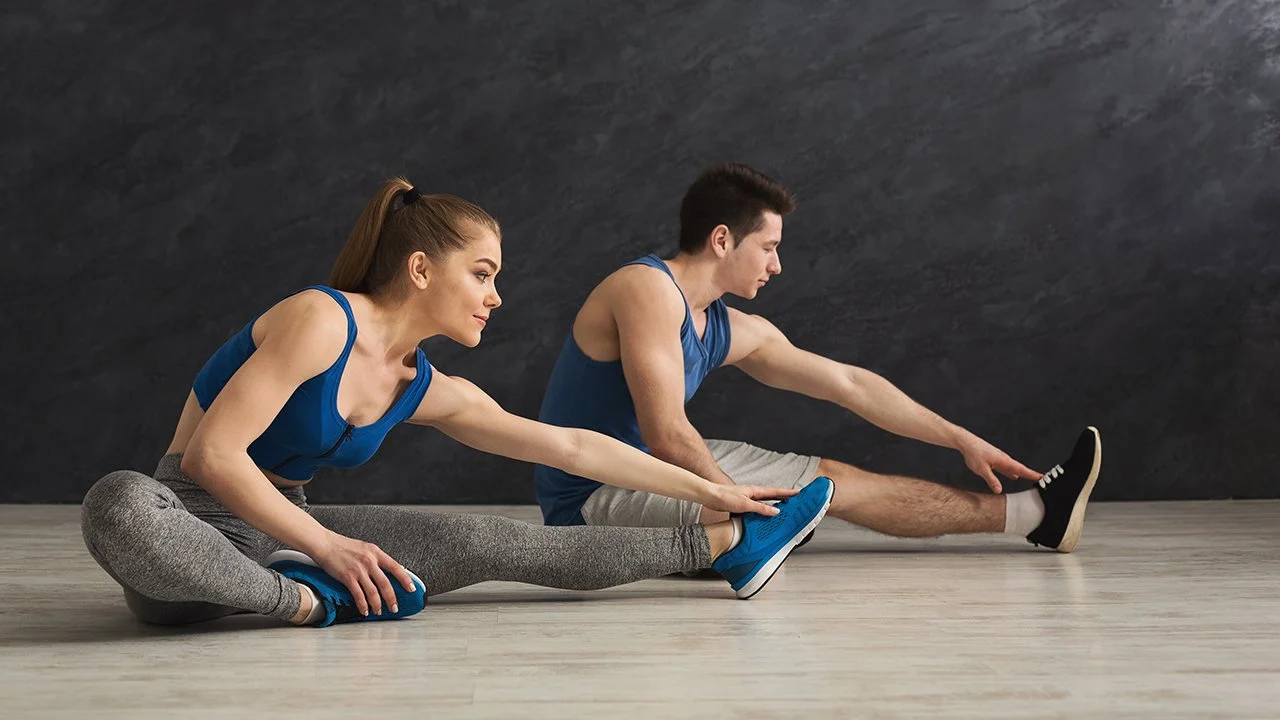What It Takes to Train Like a Professional Hockey Player
Training like a professional hockey player isn’t for the faint of heart. With its combination of explosive movements, endurance, strength, and agility, hockey players are some of the most well-rounded athletes in the world. As someone who’s passionate about fitness and the science of training, I recently had the chance to dive deep into what it takes to be a professional hockey player by training with one of Sweden’s top teams, the Vӓxjö Lakers.
In this blog post, I’ll share my experience training with these elite athletes and the principles that guide their training. If you’ve ever wondered what goes into professional hockey player training or how to train like one, keep reading.
The Importance of Longevity and Injury Prevention
Before stepping onto the ice, I had a chance to sit down with my brother, who happens to be the strength and conditioning coach for the Vӓxjö Lakers. With seven seasons under his belt and multiple championships to his name, he shared some valuable insights into what makes professional hockey players successful both on and off the ice.
One of the key concepts he highlighted was the importance of longevity. Professional hockey players need to be as “bulletproof” as possible, which means their training is designed not only to increase performance but also to prevent injuries. Over the course of a long season, players need to be able to recover quickly and remain in peak condition, which requires a solid strength and conditioning foundation.
Hockey players need to be agile, durable, and resistant to injury. Therefore, their training involves a mix of strength training, cardio, power, and flexibility work. This ensures they can skate for hours without exhausting themselves, perform high-intensity movements without injury, and maintain their endurance throughout a grueling season.
Aerobic and Anaerobic Conditioning
What does it take to train like a professional hockey player? To put it simply, it’s about mastering a mix of aerobic and anaerobic conditioning. Hockey players rely on both energy systems throughout the game. They need the aerobic stamina to skate up and down the ice for long periods, as well as the anaerobic power to make quick bursts of speed during offensive and defensive plays.
During my training sessions, my brother emphasized that today’s hockey player needs to be proficient in both. While aerobic stamina focuses on endurance, anaerobic conditioning boosts strength and explosive power. The goal is to create a body that can perform under a variety of conditions, from extended shifts on the ice to fast, hard sprints.
Strength Training: Building Power and Endurance
The first workout of the day focused on maximum strength, primarily targeting the upper body and core. Strength training for hockey players isn’t just about lifting heavy weights; it’s about lifting with intent, with explosive movements that can translate directly to their on-ice performance. A typical session involves low-rep, heavy lifting combined with exercises that mimic the quick, powerful movements a player needs during a game.
Professional hockey player training is all about generating power. That’s why exercises like squats, deadlifts, and bench presses are staples in a hockey player’s routine. These moves help players develop the strength necessary to push through opponents, win puck battles, and take shots with power. Core strength is also key for maintaining balance while skating and executing maneuvers on the ice.
While the morning session was about maximum strength, the afternoon workout focused on explosive power and anaerobic endurance. This combination of heavy lifting and high-intensity cardio is critical for hockey players, as they need both raw strength and the ability to maintain speed and power throughout a shift.
High-Intensity Interval Training (HIIT) and Explosive Movements
One of the most humbling parts of training like a professional hockey player was learning the importance of explosive movements. Every drill I did was designed to build power quickly—whether it was explosive sprints, quick direction changes, or jump training. Hockey players need to move fast and with agility, making drills like plyometrics and HIIT crucial in their training.
In the afternoon session, we went straight into power endurance training, which involved short bursts of maximum effort followed by minimal rest. This training style simulates the intensity of a hockey game, where a player needs to be ready for rapid bursts of speed and power, followed by short periods of rest during line changes.
The combination of explosive strength and anaerobic conditioning creates a hockey player who is quick, agile, and capable of performing under pressure. It’s about maximizing every second on the ice, making sure that when the puck drops, you're ready for anything.
The Key to Success: Consistency and Recovery
As much as training like a professional hockey player is about pushing your body to its limits, it’s equally important to allow for proper recovery. After two grueling sessions, it was clear that these athletes don’t just work hard—they also work smart. They’ve mastered the balance between intense training and recovery, ensuring their bodies remain in peak performance for the duration of the season.
Hockey players understand that performance isn’t just about putting in hours at the gym. It’s about understanding when to push and when to rest. Incorporating recovery methods such as stretching, foam rolling, and even active recovery is essential for preventing injuries and optimizing performance.
Train Like Professionals Now
Training like a professional hockey player requires a well-rounded approach that combines strength, power, endurance, and injury prevention. From explosive lifts to high-intensity intervals, hockey players push their bodies to the limit to excel on the ice. By incorporating these principles into your own workout routine, you can elevate your performance and train like one of the world’s top athletes.
If you're serious about reaching your fitness goals, I encourage you to try training like a professional hockey player. Incorporating strength, power, and conditioning into your workouts will help you develop the athleticism you need to succeed—whether you're a hockey player, an athlete in another sport, or just looking to improve your fitness.
To help you get started on your fitness journey, check out the Magnus Method app. It’s designed to guide you step-by-step, providing you with a personalized, science-backed fitness plan that gets results.
Start training smarter today!




























